The brown recluse spider has earned a fearsome reputation in North American folklore. With stories of devastating flesh-eating bites circulating widely, these small arachnids have become the subject of both genuine concern and significant misinformation. Many people live in terror of encountering these spiders in their homes, while others dismiss them as relatively harmless creatures whose dangers have been greatly exaggerated. This article aims to separate fact from fiction, exploring what brown recluse spiders actually look like, where they live, how dangerous their bites truly are, and what you should do if you encounter one. By understanding these misunderstood creatures better, we can approach them with appropriate caution rather than irrational fear or dangerous complacency.
Identifying the Brown Recluse Spider
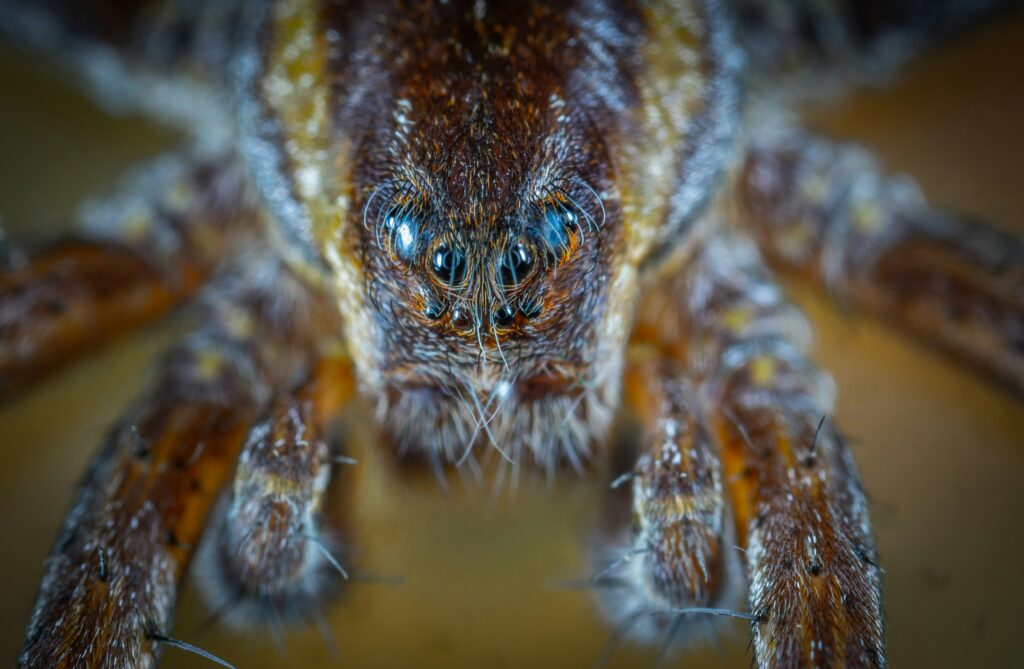
Brown recluse spiders (Loxosceles reclusa) are often misidentified, leading to unnecessary panic when harmless spiders are mistaken for this species. These spiders measure about 1/4 to 1/2 inch in body length with long, thin legs that can make them appear larger, roughly the size of a quarter when including leg span. Their most distinguishing feature is a dark, violin-shaped marking on their back, which has earned them the nickname “fiddle-back” spiders. Unlike many spider species, brown recluses have only six eyes arranged in pairs (most spiders have eight eyes), though this feature is difficult to observe without magnification. Their bodies are uniformly light to medium brown without stripes, bands, or mottling on the legs or abdomen, which can help distinguish them from many commonly mistaken species.
Geographic Range and Habitat

One of the most persistent myths about brown recluse spiders is that they can be found throughout North America, when in reality, their range is much more limited. Brown recluses are primarily found in the central and southern United States, with the highest concentrations in Missouri, Kansas, Arkansas, Louisiana, Oklahoma, Texas, Kentucky, Tennessee, Mississippi, Alabama, and parts of neighboring states. Despite frequent reports, confirmed populations do not exist in the Pacific Northwest, most of the Northeast, or California—though occasional specimens may be transported there. These spiders prefer dark, undisturbed areas and are truly reclusive by nature, typically hiding in woodpiles, storage areas, closets, attics, under furniture, or in seldom-worn clothing and shoes. In nature, they’re found under rocks, logs, and in animal burrows, generally avoiding open, well-trafficked areas.
The Reality of Brown Recluse Venom
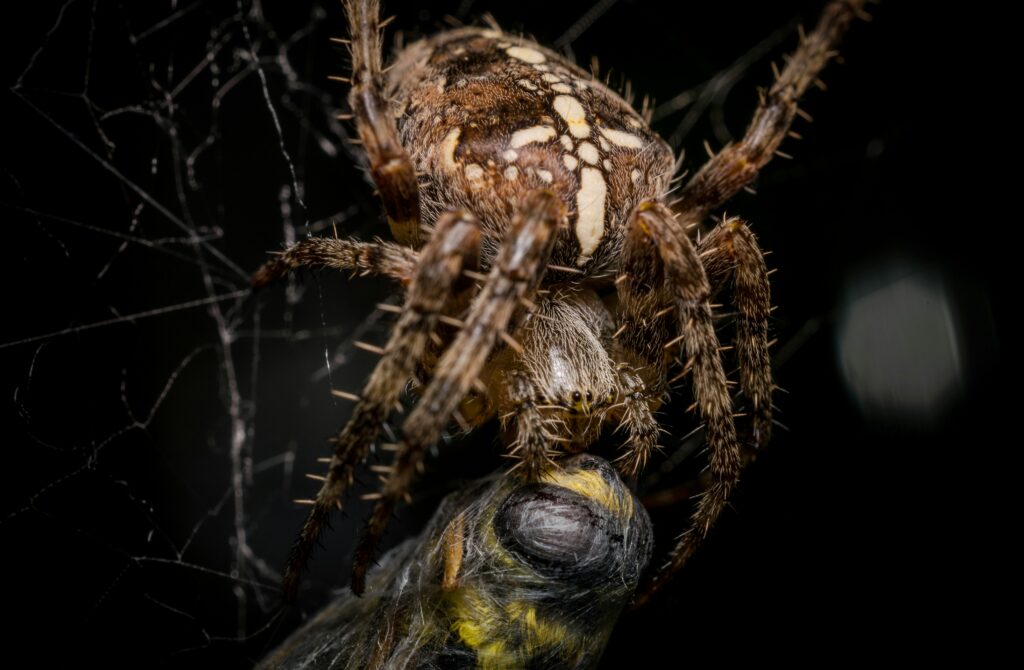
Brown recluse venom contains a rare component called sphingomyelinase D, which can cause necrosis (tissue death) in the skin surrounding a bite. This cytotoxic venom differs from the neurotoxic venom of many other dangerous spiders, which typically affects the nervous system rather than destroying tissue. However, the severity of reactions varies dramatically depending on the amount of venom injected, individual sensitivity, and the bite location. Contrary to popular belief, many brown recluse bites—perhaps the majority—result in minor reactions similar to other insect bites, with only localized pain, redness, and itching that resolves without medical intervention. Medical literature suggests that systemic reactions affecting the entire body occur in less than 10% of confirmed bites, with severe necrotic wounds representing an even smaller percentage of cases.
Spider Behavior and Bite Circumstances

Brown recluse spiders have earned their name through their shy, non-aggressive behavior, as they actively avoid human contact whenever possible. These spiders only bite when directly pressed against human skin, typically when someone puts on clothing where a spider is hiding or rolls onto one while sleeping. They don’t jump, chase, or attack people, nor do they drop from ceilings onto unsuspecting victims as urban legends often suggest. Brown recluses are primarily nocturnal hunters that feed on small insects, not humans or pets. Many confirmed infestations of homes have existed without any residents ever suffering bites, demonstrating that coexistence without incident is the norm rather than the exception. Their reclusive nature means most people could live with these spiders for years without ever seeing one, let alone being bitten.
Symptoms of a Genuine Brown Recluse Bite
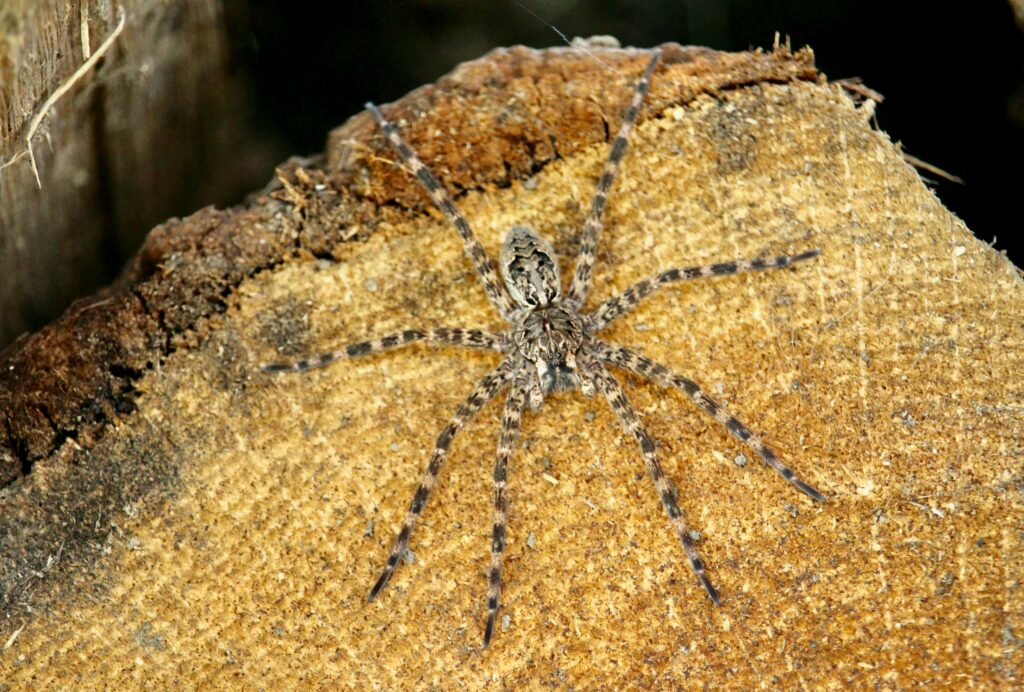
Authentic brown recluse bites typically follow a recognizable progression, though symptoms can vary significantly between individuals. Initially, the bite may be painless or cause only mild stinging, similar to many other insect bites, making immediate identification difficult. Within 2-8 hours, the bite area often becomes red, swollen, and tender, developing a pale ring around a central red spot creating a “bull’s-eye” appearance in many cases. Over the next 12-48 hours, more serious bites may develop increasing pain, a growing lesion, and a bluish-purple area around the bite as tissue begins to die. In severe cases, the affected tissue may blacken and form an open ulcer that can take months to heal completely, potentially leaving a scar. Systemic symptoms like fever, chills, nausea, vomiting, joint pain, and weakness are rare but possible, especially in children, the elderly, or those with compromised immune systems.
Medical Misdiagnosis and the Brown Recluse Bite Problem
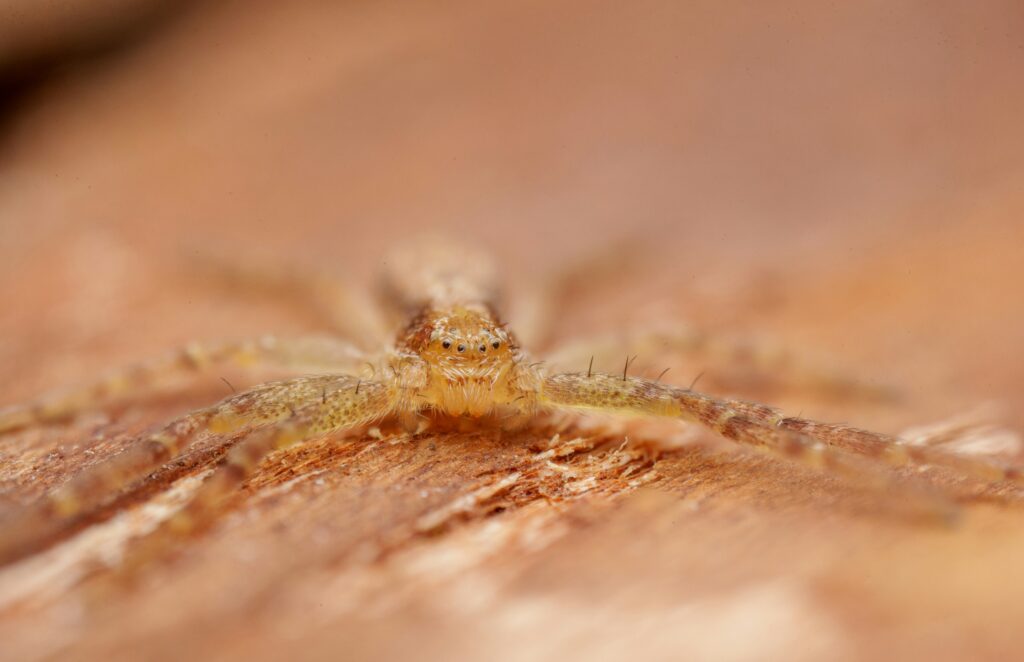
Many medical conditions are routinely misdiagnosed as brown recluse bites, particularly in regions where these spiders don’t naturally occur. Research has shown that conditions including bacterial infections (especially methicillin-resistant Staphylococcus aureus or MRSA), fungal infections, herpes, diabetic ulcers, allergic reactions, poison ivy, chemical burns, and even certain types of skin cancer can produce lesions similar to those caused by brown recluse bites. A 2007 study in the Journal of Medical Entomology examined 38 documented cases of “brown recluse bites” diagnosed by physicians in California—a state outside the spider’s range—and found that none could be verified, suggesting widespread misdiagnosis. This pattern of misattribution has contributed significantly to the spider’s fearsome reputation, as many severe “spider bite” cases reported in the media and passed along in anecdotes were likely caused by other conditions entirely.
Treatment for Brown Recluse Bites
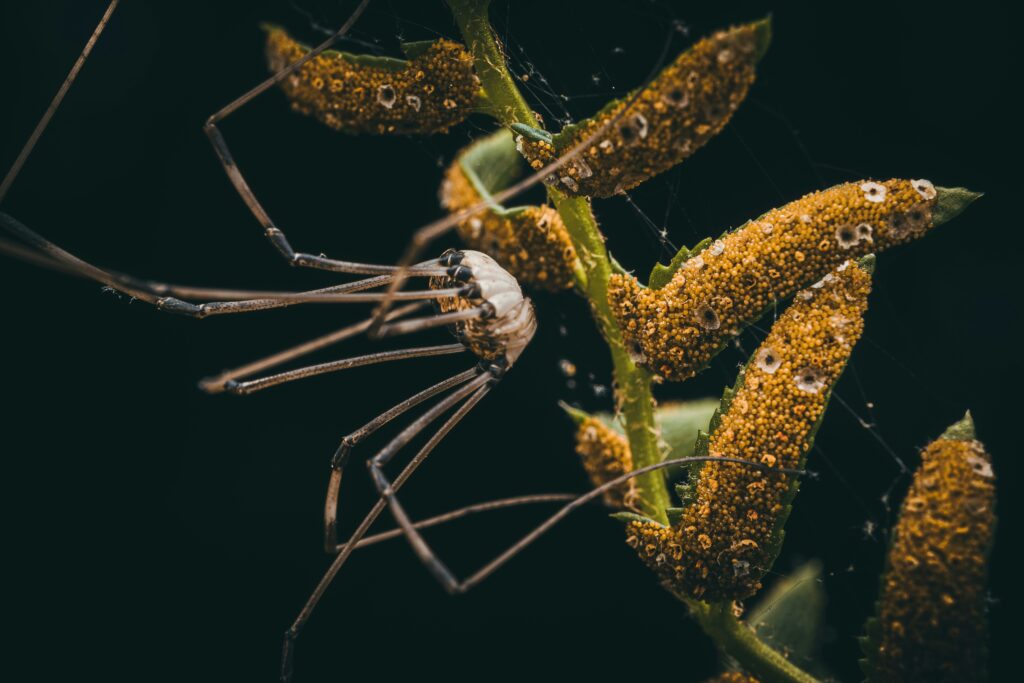
When a brown recluse bite is suspected, prompt but calm medical attention is the appropriate response, particularly if the spider has been identified or captured. Initial first aid should include cleaning the bite area with mild soap and water, applying a cold compress to reduce inflammation, and elevating the affected limb if possible. Over-the-counter pain relievers can help manage discomfort while seeking medical care. At the hospital, treatment approaches vary based on severity, but may include close monitoring, antibiotic therapy if the wound becomes infected, tetanus boosters if needed, and occasionally medications like dapsone to help minimize tissue damage. Contrary to outdated advice, cutting open bite wounds or using heat treatments is not recommended and may worsen tissue damage. For the most severe cases involving significant tissue destruction, surgical removal of dead tissue (debridement) and even skin grafts might be necessary, though such extreme measures are rare.
The Statistical Reality of Brown Recluse Danger
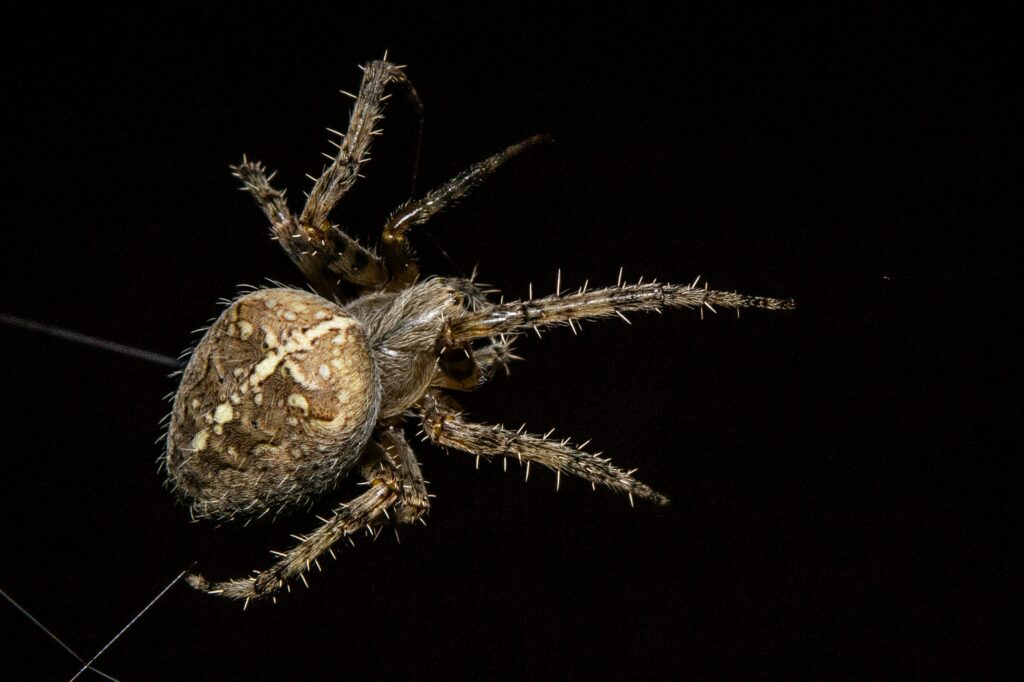
The actual threat posed by brown recluse spiders is considerably lower than public perception suggests, even in regions where they’re common. No deaths from verified brown recluse bites have been recorded in the United States in decades, making fatalities extraordinarily rare. In Missouri, considered the “heart” of brown recluse territory, one study of a family living in a home infested with over 2,000 brown recluse spiders found that none of the family members had ever been bitten during their six years in the residence. Another medical review from Kansas, also in the spider’s native range, found that of 45 patients who brought in spiders they believed had bitten them, only 19% had actually captured a brown recluse, with the remaining 81% mistakenly identifying harmless species. When measured against other everyday risks like automobile accidents, bee stings, or even lightning strikes, the danger from brown recluse spiders is statistically negligible.
Common Spider Misidentifications

Many harmless spiders are routinely misidentified as brown recluses, contributing to unnecessary fear and potentially leading to the destruction of beneficial species. The common house spider (Parasteatoda tepidariorum), wolf spiders (Lycosidae family), and male southern house spiders (Kukulcania hibernalis) are frequently mistaken for brown recluses due to their brownish coloration. Cellar spiders (Pholcidae), sometimes called “daddy longlegs,” can also cause confusion due to their long limbs, though their body shapes differ significantly from true brown recluses. Another common lookalike is the huntsman spider (Heteropoda venatoria), particularly in southern states. The key to proper identification lies in checking for the specific violin marking, noting the arrangement of eyes, and examining whether the legs have any banding or mottling (which brown recluses never have). Location also provides a strong clue—any suspected brown recluse found outside its natural range is almost certainly a case of mistaken identity.
Prevention Strategies in Brown Recluse Territory

For those living within the natural range of brown recluse spiders, practical prevention measures can significantly reduce the already low risk of bites. Regularly cleaning behind furniture, under beds, and in closets helps eliminate preferred hiding spots, while reducing clutter in storage areas, attics, and basements removes potential harborage sites. Sealing cracks and crevices in foundations, around windows, and in walls can prevent spiders from entering living spaces from outside. Making a habit of shaking out shoes, clothing, and linens that have been stored or unused for extended periods before use can dislodge hiding spiders before they have the opportunity to bite. Wearing gloves when handling firewood, moving stored boxes, or working in crawl spaces provides additional protection. Strategically placed sticky traps can help monitor for spider activity and reduce populations when necessary, while maintaining a regular cleaning schedule ensures fewer insects are available as food sources.
Natural Predators and Biological Control
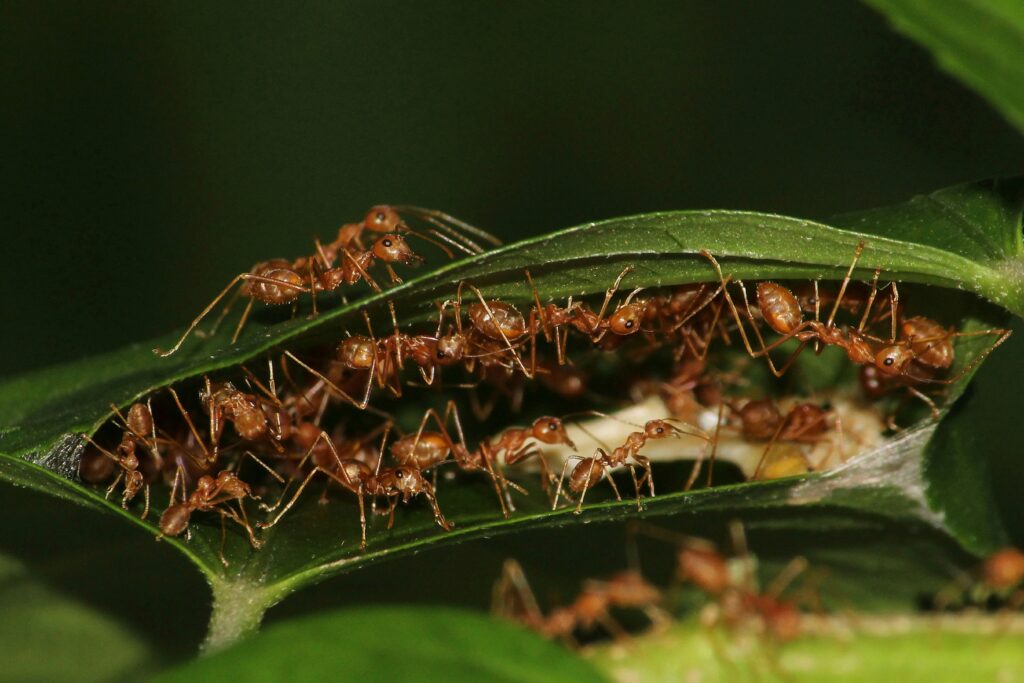
Brown recluse spiders exist within a complex ecological web that includes numerous natural predators helping to keep their populations in check. Other spider species, particularly hunting spiders like the parson spider and wolf spider, will prey on brown recluses when their territories overlap. House centipedes, though sometimes alarming in appearance, are efficient predators of spiders and can help control brown recluse populations indoors. Certain wasps specifically target spiders, paralyzing them and using them as living incubators for their eggs. Lizards, particularly small geckos that can access the same crevices and hidden spaces where recluses hide, are also effective natural control agents in southern regions. Understanding and preserving this natural balance can be more effective than chemical interventions, which often eliminate beneficial predators alongside the targeted species, potentially allowing brown recluse populations to rebound more quickly in the absence of their natural enemies.
Professional Pest Control Approaches

When brown recluse populations become problematic, professional pest management offers targeted solutions beyond do-it-yourself methods. Professional treatments typically begin with a thorough inspection using specialized equipment to identify harboring areas, including thermal imaging to detect spiders hiding in wall voids and other inaccessible spaces. Targeted applications of residual insecticides to baseboards, cracks, crevices, and crawl spaces provide long-lasting protection, while dust formulations can be applied to attics, wall voids, and other undisturbed areas where spiders hide. Modern integrated pest management approaches emphasize using the least toxic effective options and combining chemical treatments with environmental modifications like removing excess vegetation near foundations, applying perimeter treatments, and addressing moisture issues that attract prey insects. Regular follow-up monitoring with specialized glue traps designed to catch spiders helps evaluate treatment effectiveness and catch survivors before populations can reestablish.
Understanding the Ecological Role of Brown Recluse Spiders
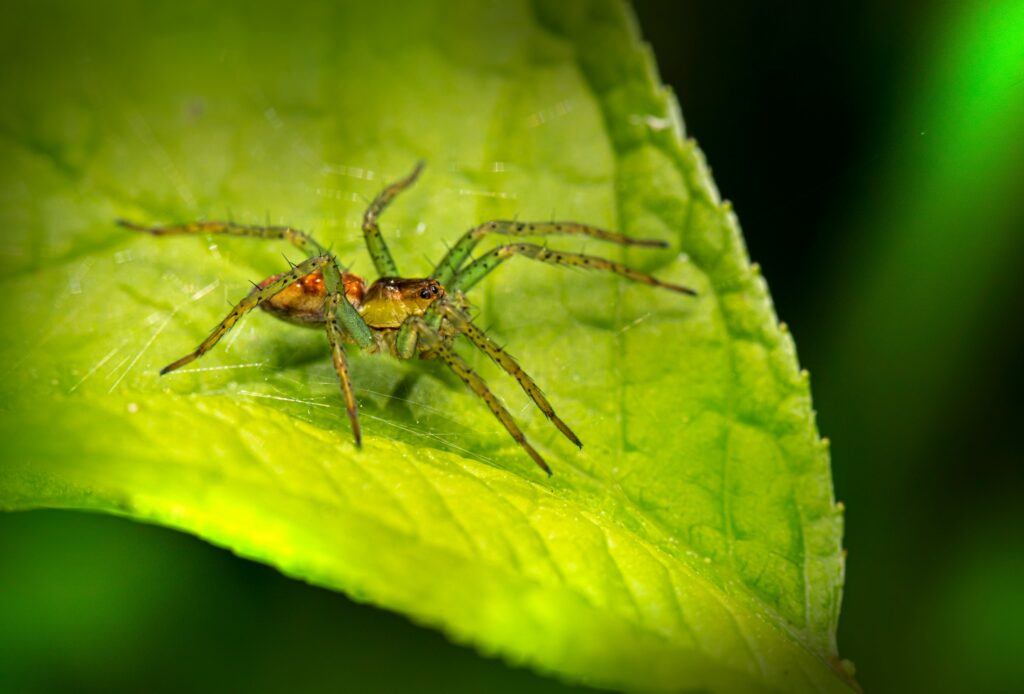
Despite their fearsome reputation, brown recluse spiders serve important ecological functions within their natural habitats. As predators, they help control populations of various household pests including cockroaches, flies, moths, and other small insects that might otherwise proliferate unchecked. Their presence in an ecosystem indicates a functioning predator-prey relationship and a relatively healthy biodiversity. Brown recluses have evolved over millions of years to occupy a specific ecological niche, with their venom developing primarily as a tool for subduing prey rather than as a defense mechanism against humans, whom they encounter only incidentally. Understanding this ecological context helps frame our relationship with these spiders more appropriately—not as malevolent threats but as creatures fulfilling their evolutionary role, occasionally coming into accidental conflict with humans when our habitats overlap. This perspective encourages more measured responses to their presence, focusing on coexistence and management rather than eradication.
The Psychology of Spider Fear and Risk Perception
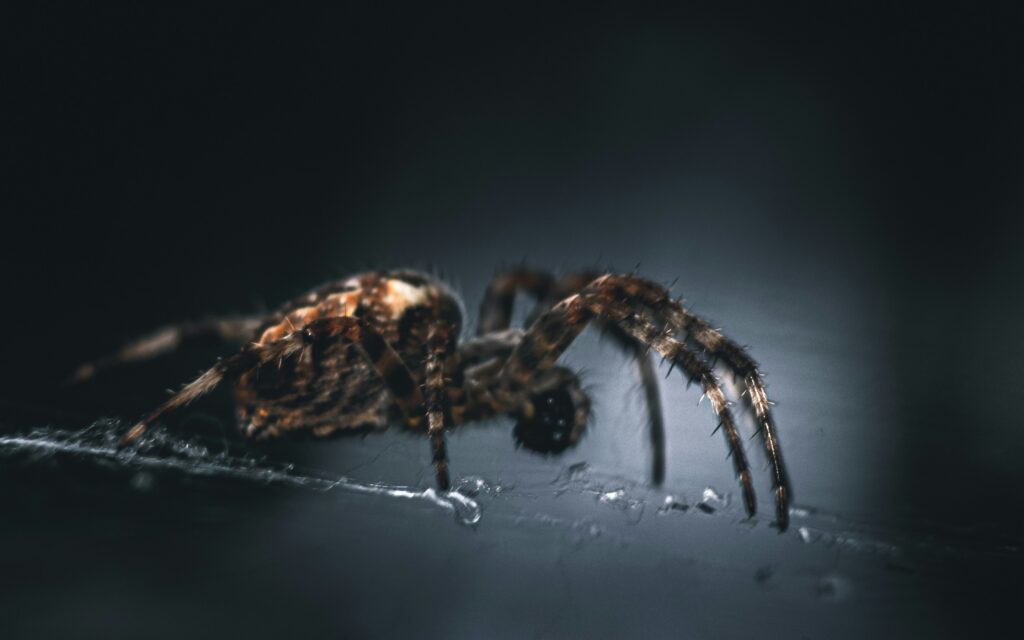
The widespread fear of brown recluse spiders often exceeds their actual threat level, reflecting broader psychological patterns in how humans perceive and respond to risks. Arachnophobia ranks among the most common specific phobias, affecting up to 15% of the population with varying severity. Research in risk psychology shows humans tend to overestimate dangers that are rare but vivid and emotionally charged (like flesh-eating spider bites) while underestimating more common but mundane threats (like automobile accidents). Media coverage amplifies this effect, as the rare severe brown recluse bite receives disproportionate attention compared to more common dangers. This psychological tendency toward availability bias—judging risk based on how easily examples come to mind—helps explain why brown recluse fear persists even in regions where the spiders don’t exist. Understanding these cognitive biases can help individuals develop more rational approaches to spider encounters, responding with appropriate caution rather than panic or complacency.
Conclusion
The brown recluse spider, while certainly capable of delivering medically significant bites in some circumstances, has become the subject of substantial misconception and exaggeration. These shy arachnids prefer avoidance over confrontation, with bites occurring primarily when they’re accidentally pressed against human skin. Most encounters between humans and brown recluses end without incident, and even when bites do occur, the majority resolve with minimal medical intervention. By understanding their true geographic distribution, learning proper identification, and implementing simple preventative measures, those living in brown recluse territory can minimize their already low risk of significant envenomation. Perhaps most importantly, a clearer understanding of these misunderstood creatures allows us to replace irrational fear with informed respect, acknowledging both their potential dangers and their rightful place in our ecosystem.

